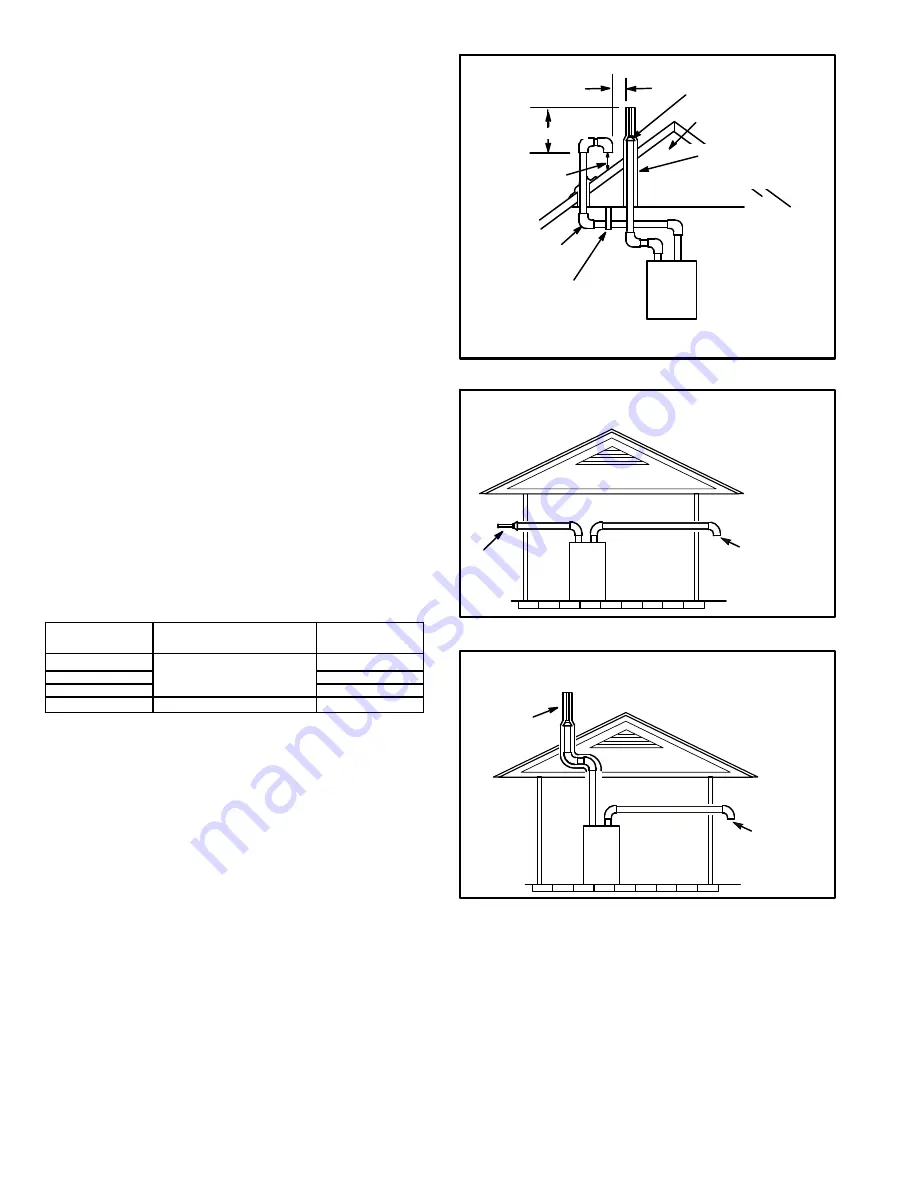
Page 36
Details of Intake and Exhaust Piping Terminations for
Direct Vent Installations
NOTE
- In Direct Vent installations, combustion air is taken
from outdoors and flue gases are discharged to outdoors.
Intake and exhaust pipes may be routed either horizontally
through an outside wall or vertically through the roof. In at
tic or closet installations, vertical termination through the
roof is preferred. Figures 38 through 45 show typical
terminations.
1. Intake and exhaust terminations are not required to be
in the same pressure zone. You may exit the intake on
one side of the structure and the exhaust on another
side (figure 39). You may exit the exhaust out the roof
and the intake out the side of the structure (figure 40).
2. Intake and exhaust pipes should be placed as close
together as possible at termination end (refer to il
lustrations). Maximum separation is 3” (76mm) on roof
terminations and 6” (152mm) on side wall termina
tions.
NOTE
- When venting in different pressure zones, the
maximum separation requirement of intake and ex
haust pipe DOES NOT apply.
3. On roof terminations, the intake piping should termi
nate straight down using two 90° elbows (See figure
38).
4. Exhaust piping must terminate straight out or up as
shown. A reducer may be required on the exhaust pip
ing at the point where it exits the structure to improve
the velocity of exhaust away from the intake piping.
See table 17.
TABLE 17
EXHAUST PIPE TERMINATION SIZE REDUCTION
ML195UH
MODEL
Exhaust Pipe Size
Termination
Pipe Size
*045 and 070
2” (51mm), 2-1/2” (64mm),
3” (76mm)
1-1/2” (38mm)
*090
2” (51mm)
110
2” (51mm)
135
3” (76mm)
2” (51mm)
*ML195UH-045, -070 and -090 units with the flush mount
termination must use the 1 1/2”accelerator supplied with
the kit.
NOTE
- Care must be taken to avoid recirculation of ex
haust back into intake pipe.
5. On field supplied terminations for side wall exit, ex
haust piping may extend a maximum of 12 inches
(305mm) for 2” PVC and 20 inches (508mm) for 3”
(76mm) PVC beyond the outside wall. Intake piping
should be as short as possible. See figure 46.
6. On field supplied terminations, a minimum distance
between the end of the exhaust pipe and the end of the
intake pipe without a termination elbow is 8” and a
minimum distance of 6” with a termination elbow. See
figure 46.
FIGURE 38
UNCONDITIONED
ATTIC SPACE
1/2” (13mm) FOAM
INSULATION IN
UNCONDITIONED
SPACE
SIZE TERMINATION
PIPE PER TABLE 17.
3”(76mm) MAX.
12” (305mm) ABOVE
AVERAGE SNOW
ACCUMULATION
3” (76mm) OR
2” (51mm) PVC
PROVIDE SUPPORT
FOR INTAKE AND
EXHAUST LINES
8” (203mm) MIN
Inches(mm)
DIRECT VENT ROOF TERMINATION KIT
(15F75 or 44J41)
FIGURE 39
Exhaust
Pipe
Furnace
Exiting Exhaust and Intake Vent
(differen pressure zones)
Inlet Air
(Minimum 12 in.
305 MM) above
grade or snow
accumulation
FIGURE 40
Roof Terminated
Exhaust Pipe
Furnace
Exiting Exhaust and Intake Vent
(different pressure zones)
Inlet Air
(Minimum 12 in.
305 MM) above
grade or snow
accumulation
7. If intake and exhaust piping must be run up a side wall
to position above snow accumulation or other ob
structions, piping must be supported. At least one
bracket must be used within 6” from the top of the el
bow and then every 24” (610mm) as shown in figure
46, to prevent any movement in any direction. When
exhaust and intake piping must be run up an outside
wall, the exhaust piping must be terminated with pipe
sized per table 17.The intake piping may be equipped
with a 90° elbow turndown. Using turndown will add 5
feet (1.5m) to the equivalent length of the pipe.

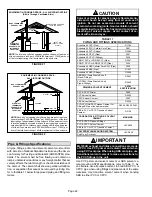
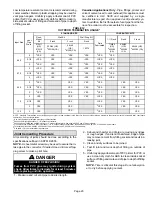
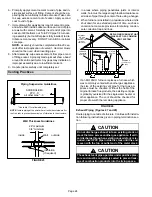
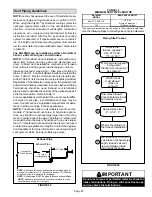
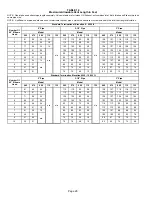
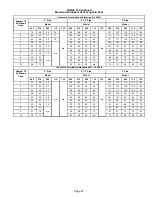
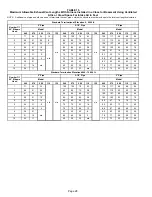

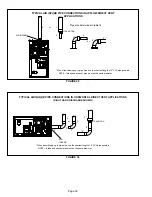


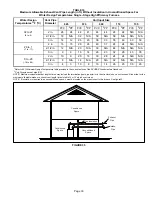

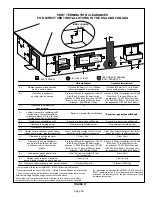
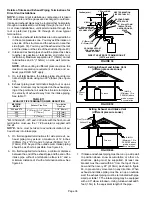
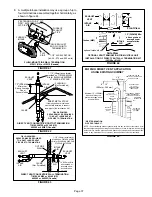

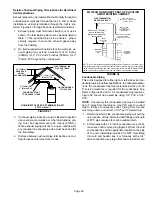



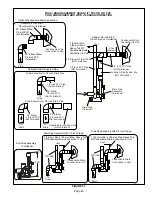
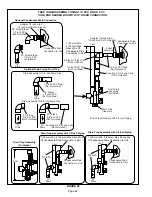
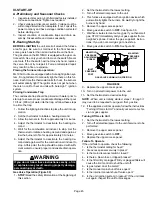

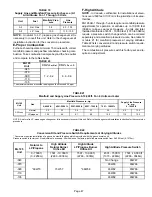
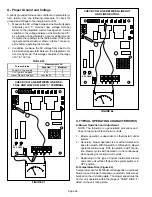

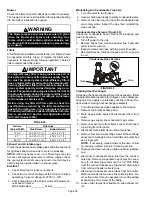














![Roberts Gorden Combat UHD[S] 150-400 Specifications preview](http://thumbs.mh-extra.com/thumbs/roberts-gorden/combat-uhd-s-150-400/combat-uhd-s-150-400_specifications_1469644-1.webp)



